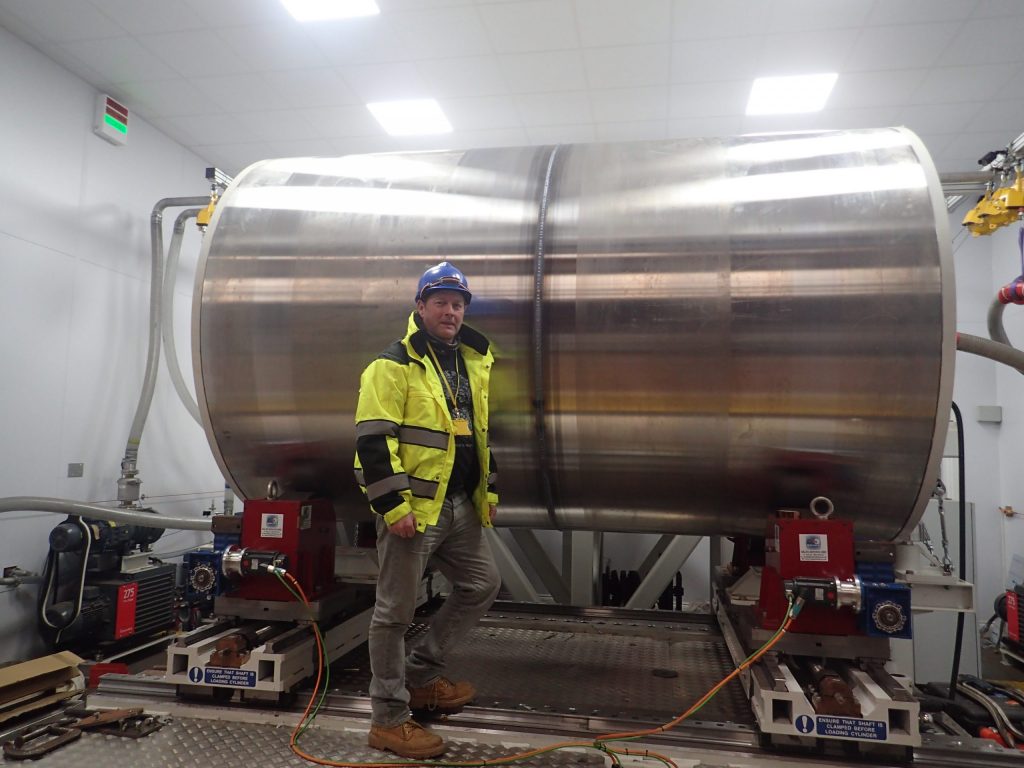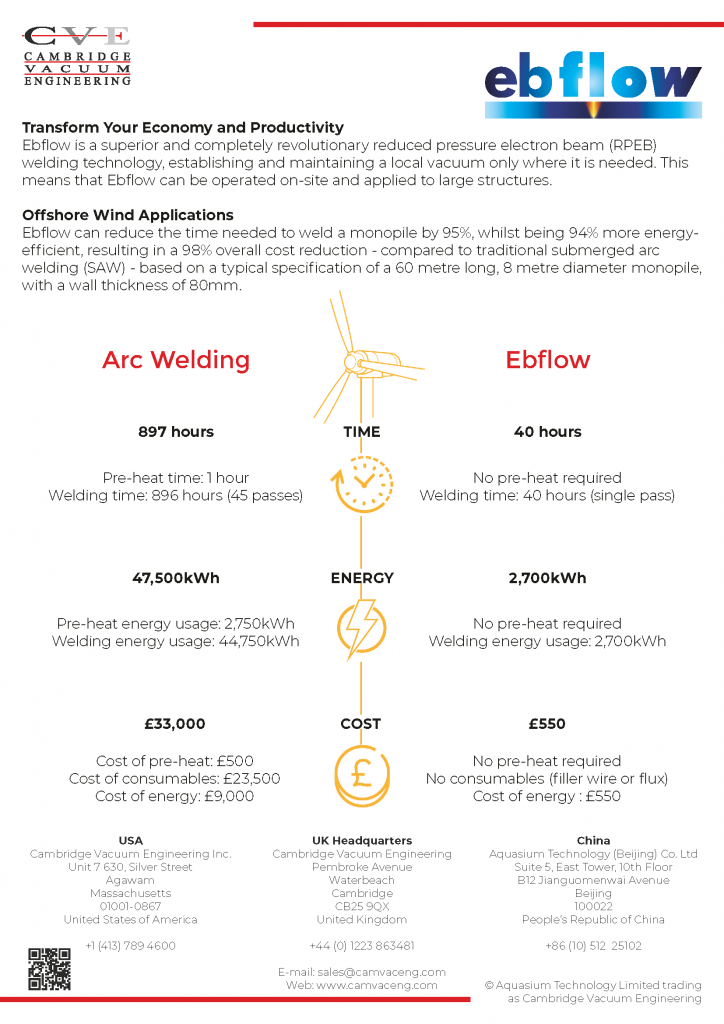Chris Punshon Joins CVE as Head of New Energy Applications
New Appointment
CVE is excited to announce the appointment of Chris Punshon as the Head of New Energy Applications at our head office in Cambridge.
Chris brings a wealth of experience and knowledge from the energy, power and renewables industries, which will be utilised to build on CVE’s existing zero-carbon project portfolio.
Chris’ career in engineering began in 1983, after graduating from the University of Sheffield with an honours degree in Metallurgy B.Met (hons). He then joined TWI Ltd, one of the foremost independent research and technology organisations where he worked for 38 years, starting as a Project Leader and leaving as Industry Group Manager Power and New Energy.
Towards Net-Zero Emissions
During his career, he has directed many ground-breaking research and development projects relating to welding and joining, material properties, and other advanced technologies; in collaboration with a wide range of clients and partners throughout key industries such as oil and gas, renewable energy and power generation.
With growing numbers of countries committed to achieving net-zero emissions by 2050, new energy applications have never been more important.
As such, Chris’ role will focus on further commercialisation of Ebflow within applications such as offshore wind, pressure vessels (small- and micro-modular reactors SMR and MMRs), as well as hydrogen encapsulation and transportation.
Ebflow is a local vacuum power beam welding technology that brings all the advantages of electron beam and laser welding (productivity, repeatability, accuracy), to the fabrication of large structures of unlimited size, achieving high joint completion rates. Therefore, Chris Punshon will be at the forefront of developing its adoption within zero-carbon, new energy applications.
Engineering and Innovation
Chris is also a Chartered Engineer (CEng), a Professional Member of the Institute of Materials, Minerals and Mining (MIMMM), as well as a Fellow of The Welding Institute (FWeldI) – a testament to his experience, reputation, and contribution to the community of welding, joining, and allied technologies.
CVE would like to take this opportunity to welcome Chris to the organisation as we look forward to continuing CVE’s commitment to engineering and innovation together.

